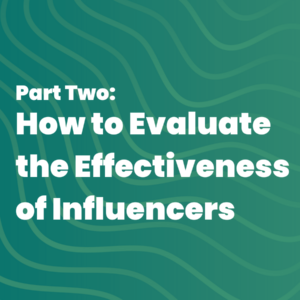5 Ways to Improve Your Videos on Google Search

Make Your Time Worthwhile
Video creators are meticulous. They are extremely detail-oriented, trying to get all the right shots, angles and edits to keep their viewers engaged, entertained and informed.
But, all of that effort is for nothing if no one can actually find the videos. For a video to truly be successful, it has to have key elements to get to the people searching for them, a term known as search engine optimization (SEO). Here are five tips to improve your videos on Google Search to ensure they get maximum attention.
Help Google Find Your Videos
The first and most important step is to ensure the video content is on a public page. To guarantee that Google can index the page, make sure the page isn’t blocked by robots.txt or noindex meta tags. You should also create a standalone video page for each video – give it its time to shine in the spotlight! Adding a descriptive title and description helps bots work their magic on the back-end of things.
Keep JavaScript as simple as possible, too–using overly complicated JavaScript to embed your video might result in Google indexing the video incorrectly. Making user actions too complicated might also prevent Google from finding the video. An easy way to prevent this is to create a video sitemap.
Ensure Your Videos Can Be Indexed
When Google has identified a video on a page, it needs additional information so that it can be a part of video features. The best way to do this is through a thumbnail. We’ve all heard the saying, “you never get a second chance to create a first impression.” That’s why it’s so important to give Google Search a great first impression with your thumbnail! Before someone even clicks on a video, there is an opportunity to tell a story and reel in the viewer in a visually appealing way. Search engines love thumbnails; if a video appears in a search, Google will pull the thumbnail for it and present it in the search results.
The best file types for this are BMP, GIF, JPEG, PNG, WebP, and SVG, with a minimum size requirement of more than 60×30 pixels.
Provide structured data in the description to help Google understand what the video is about and make it show up in future searches.
Allow Google to Fetch Your Video Content Files
If a video is indexed and available to appear on Google, Google still needs to fetch the video file to understand its contents. One way to allow Google to do this is by using structured data to provide the content URL value in a supported file format. Also, check to see if the noindex tag or robots.txt is blocking the video content URL. Finally, the video file must be available at a stable URL, and the host video page and the server streaming the video must have the bandwidth to be crawled.
Enable Specific Video Features
Have you ever seen a few seconds of a video play straight from Google search results? That’s because Google will select a few seconds from the original video content display in a moving preview. This helps users better understand the content. By using the Key Moments feature, where people can view broken-up “chapters” of content, it allows viewers to experience content more deeply. Or, another option is to add a red “LIVE” badge to livestreaming videos by using BroadcastEvent.
Remove, Restrict, or Update Your Videos as Needed
It is possible to protect video content by removing the video from a site – this can be achieved by filing a removal request, returning a 404 HTTP status code for any landing page that contains a removedor expired video, or including an expiration date. You can also restrict viewing based on someone’s geographic location by including country restriction tags. Video sitemap tags can also prevent viewers from accessing specific content.
In Summary
Videos are a critical part of internet marketing. It isn’t showing any signs of slowing down, so you need to use every possible tool in your arsenal to make sure content is found on Google Search. By improving a video’s SEO, you will benefit your business, increase rankings, and raise your profile, ensuring you’ve created a place people will continue to visit many times over in the future.


